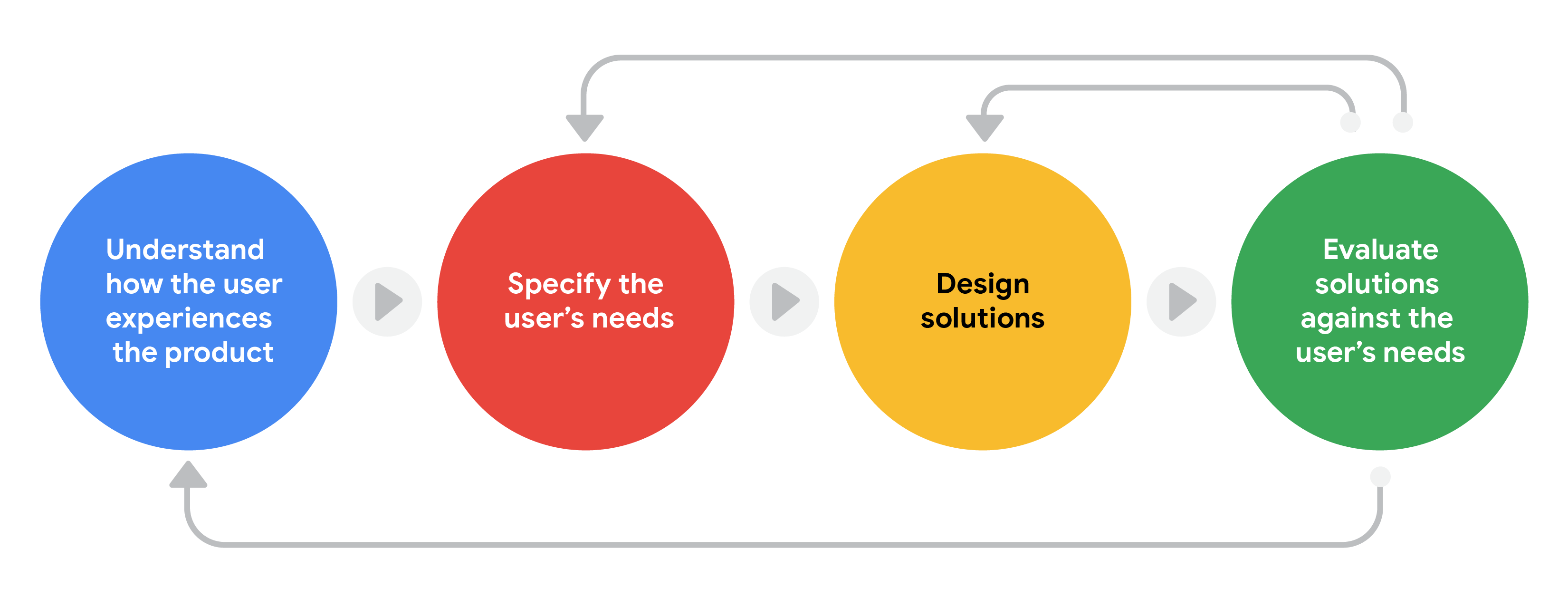Common UX Design Frameworks (part 1): Design Thinking Process and the Five Elements approach
There’s many UX Design Frameworks out there, most common among them are Design Thinking Process and the Five Elements.
Design thinking process
Design thinking is a user-centered approach to problem-solving. It helps designers create solutions that address a real user problem and are functional and affordable. There are five phases in the design thinking process: empathize, define, ideate, prototype, and test. If these sounds familiar that’s because it is based on one of the core principles of UX design which is the Product Design Cycle which I’ve mentioned in an earlier post.
Each phase of the framework answers a specific question.

During the empathize phase, the goal is to understand users’ needs and how users think and feel. This involves a lot of user research, such as conducting surveys, interviews, and observation sessions, so you can get a clear picture of who your users are and the challenges they are facing.
Read More
Recent Comment